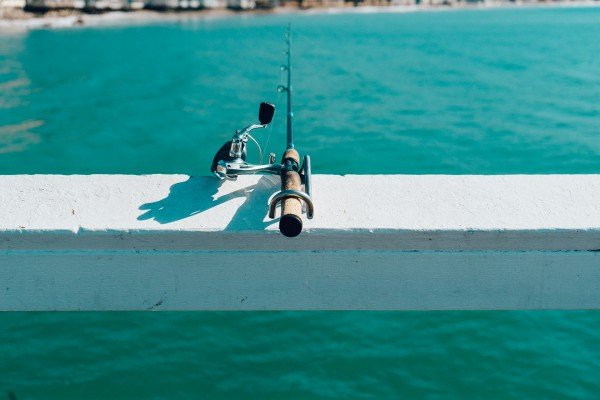A fishing rod can make the difference between catching and not catching fish. The next time you look for a rod, try to match the lure weight and species sought to determine the best rod for your application.
The right fishing rod setup will allow for the use of the minimum lure weight while still being able to work the lure and feel the strike. Ultimately, the missed hits will become good hookups helping to put more fish on the dock or over the rail.
Here are three main things to consider when choosing a fishing rod.
RELATED: 5 Ways to Extend the Life of Your Fishing Rod
Types of action
In most fishing applications “feel” is determined by rod sensitivity. Rod length will have an affect on the rod’s ability to impart action and feel subtle pickups, but the action of the rod is the most important variable. Faster action tips will generally flex towards the tip of the rod, where Moderate will flex near the middle of the rod , and Slow will flex down to the butt section.
Extra-Fast to Fast action tips will provide great feel especially in applications where an angler may be jigging or use finesse techniques. Moderate-Fast, Moderate, and Slow action will give more of a bend in the rod and may be suited better in applications where anglers want more give in the lure such as working a bucktail for striped bass or swimming a plug.
RELATED: Choosing the Right Fishing Rod Action
Power it Up
The power of the rod can vary from Ultra Light to Extra Heavy, but an angler’s desired line and lure size should determine the power of the rod. Basically fishing rod manufacturer’s engineer their rod powers to effectively handle different lure weights and line sizes.
The type of species that you are fishing for should also influence the power of the rod. For example, most trout fishermen would prefer Ultra-Light/Light when stream fishing, whereas if the target was lake trout they would probably require Heavy to Extra Heavy setups.
It is easy to do, but try not to overload the rod with excessive lure weights as it will negatively affect the lure motion and rod’s performance when casting or hooking up with fish.
Brand Loyalty
With new technologies such carbon fiber and nanotechnology being incorporated into the next generation of fishing rods, manufacturers have to constantly evolve to stay ahead of the curve. Some manufacturers offer continuous reliability year after year and also have great customer service.
St. Croix rods, G.Loomis, and Lamiglas are some of the big players that offer some of the very best fishing rods on the market and there rods can take a beating day in and day out. Although you may pay more, you will find that most higher end rods offer “lifetime” guarantees which are well worth it, especially if your a hardcore fisherman.
Balance is the Key
It is vital to correctly match the rod with the right type of reel in regards to reel weight. To tell if your setup is perfectly balanced, try balancing it with one or two fingers. The correctly balanced setup should balance right at the front part of the reel seat. A good rule of thumb is as long as it remains balanced on part of the cork handle. Balanced setups will generally reduce arm fatigue while jigging and enable the angler better “feel”.
Photo credit: Pexels.com
Fish bras
-
#Fishbras

The Internet has been catching fire lately with a new trend called #fishbra where women replace their bikini tops with fish, and we are totally behind it. Photo credit: Instagram @amandaasearss
-
#Fishbras

Photo credit: Instagram @krystenpotega
-
#Fishbras
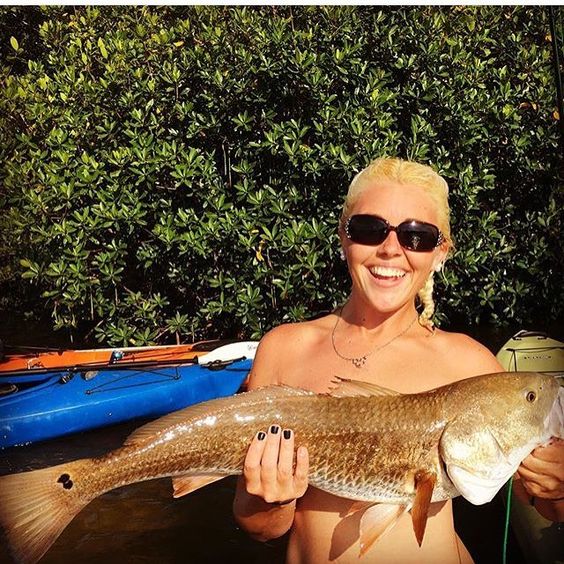
Photo credit: Instagram @_ayeee_jessica_
-
#Fishbras
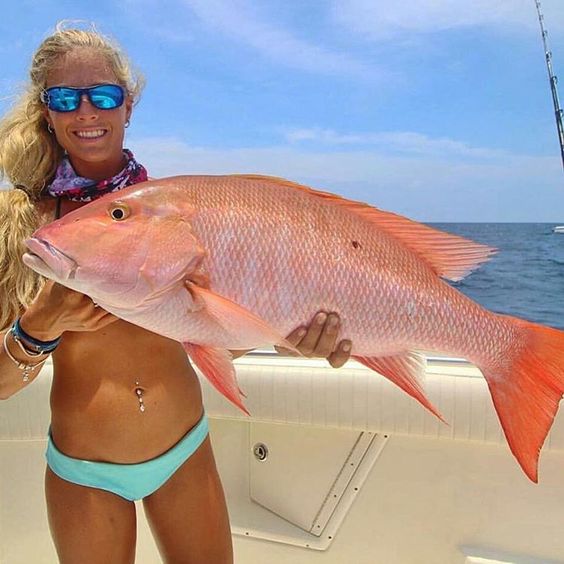
Photo credit: Instagram @_darcizzle_
-
#Fishbras

Photo credit: Instagram @_darcizzle_
-
#Fishbras

Photo credit: Instagram @_senoritacassie
-
#Fishbras
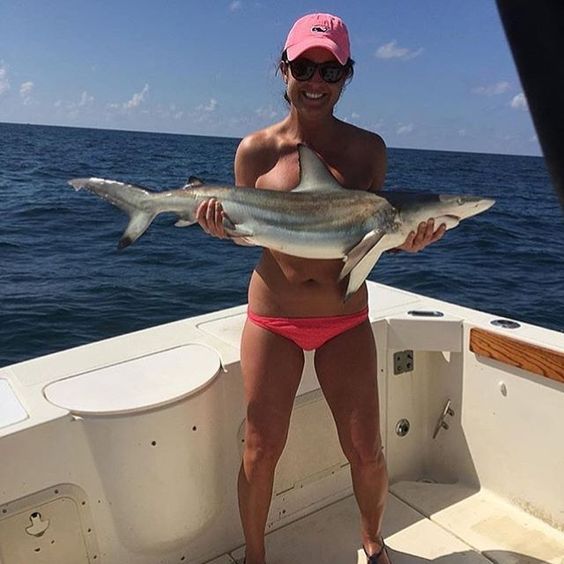
Photo credit: Instagram @ash_tay03
-
#Fishbras
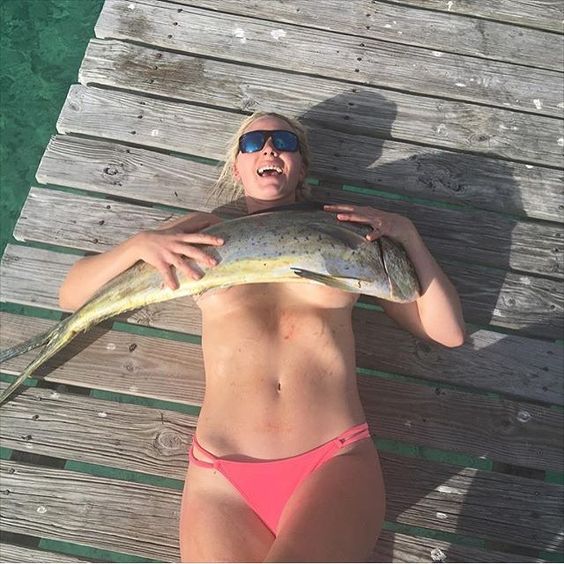
Photo credit: Instagram @fishbras
-
#Fishbras

Photo credit: Instagram @jasmineelyse
-
#Fishbras
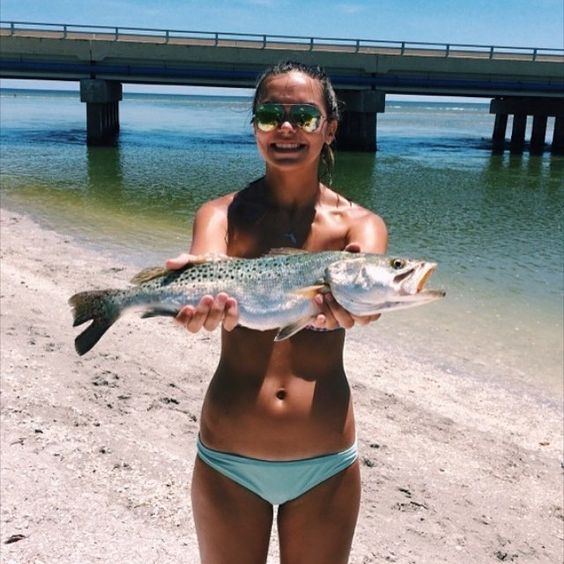
Photo credit: Instagram @jordannestor
-
#Fishbras

Photo credit: Instagram @marrybrrown
-
#Fishbras

Photo credit: Instagram @mart12266
-
#Fishbras
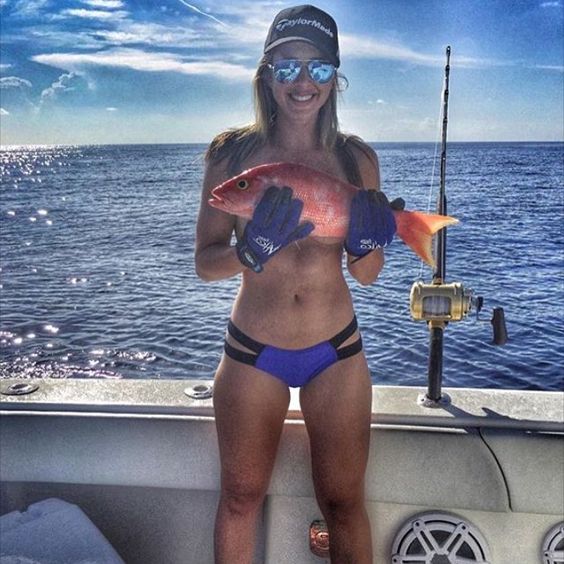
Photo credit: Instagram @megancamacho
-
#Fishbras

Photo credit: Instagram @mgm_obx
-
#Fishbras

Photo credit: Instagram @Guns.Hot
-
#Fishbras

Photo credit: Instagram @Guns.Hot
-
#Fishbras

Photo credit: Instagram @meganambrosee
-
#Fishbras

Photo credit: Instagram @sarah hoffmann
-
#Fishbras

Photo credit: Instagram @soulfishingash
-
#Fishbras

Photo credit: Instagram @superguidedave
-
#Fishbras
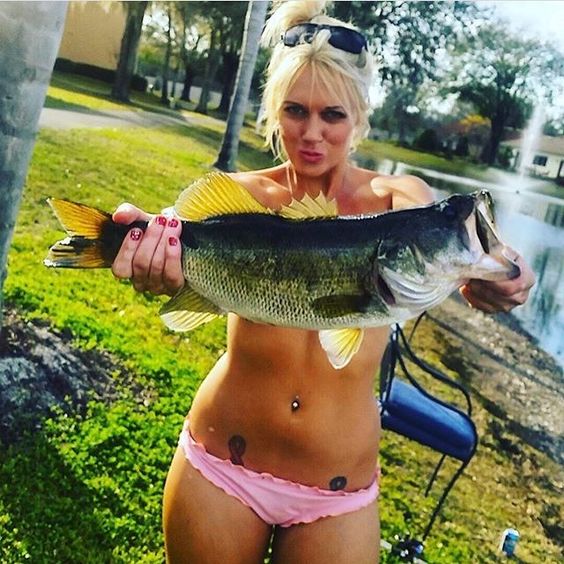
Photo credit: Instagram @the_secret_is_swanson
-
#Fishbras

Photo credit: Instagram @thepickledhoot
-
#Fishbras
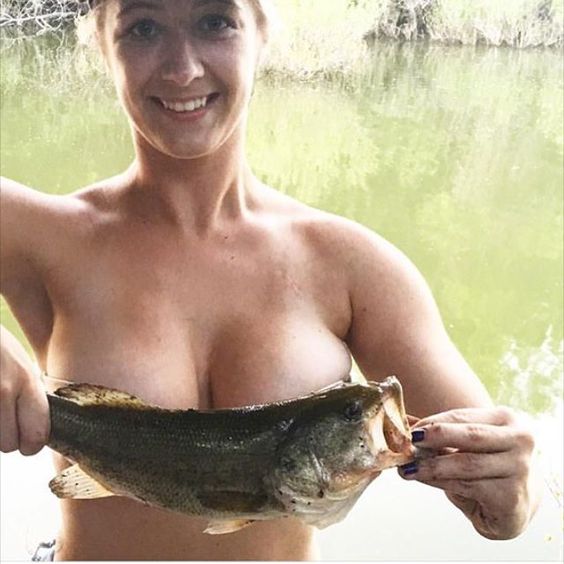
Photo credit: Instagram @xoamfo
